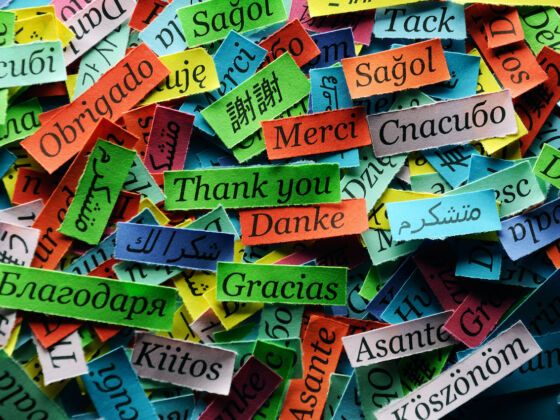I challenge you to think of a language learner in more need of a win than a native English speaker. Half the planet seems hell-bent on practicing and perfecting our language, but when it’s our turn, a few grammatical or lexical stumbles later and we’re suddenly back babbling in our familiar Anglo-Saxon tongue.
Forget the fact that our linguistically rich — but phonically deprived — English language warps our tongues into stiff cardboard unable to produce any but the simplest vowel and consonant sounds and combinations. Yes, we desperately need help.
Fortunately, not every language learning attempt spells disaster for English speakers. If you’re frustrated with choking on the qāf in Arabic or disgracing the Chinese script with your poor penmanship, maybe it’s time to try one of these lesser-studied but relatively easy foreign languages for English speakers.
